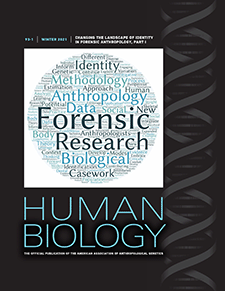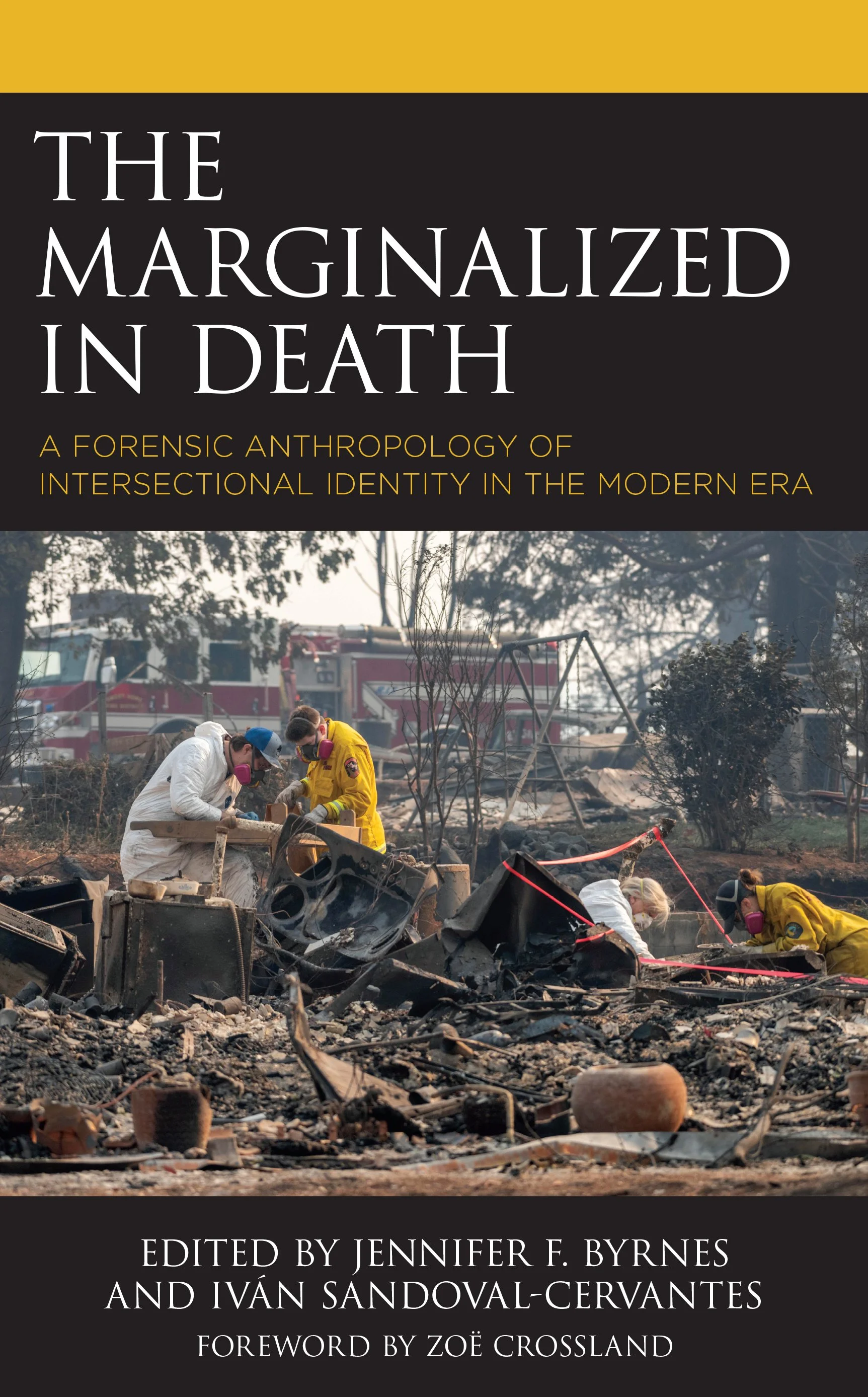Writing —
Special Issue
Changing the Landscape of Identity in Forensic Anthropology — New & Algee-Hewitt 2021
Special issue co-edited by myself and Bridget Algee-Hewitt.
The papers included in this two-part special issue were adapted from presentations intended to be presented at the 2020 meeting of the American Association of Biological Anthropologists. We are grateful that, despite the events that changed many of our personal and professional lives over the last few years, the symposium participants transformed their contributions into the rich body of research presented in this special issue.
Comparing Genetic Variation among Latin American Immigrants: Implications for Forensic Casework in the Arizona- and Texas-Mexico Borderlands — New et al. 2021
This study explores barriers to identification for migrants that have died in the humanitarian crisis on the US-Mexico border. We ask how genetic variation inferred from forensically significant microsatellites can provide valuable information on regions of origin for unidentified remains on the group level.
Book Chapter
Identification of the Korean War Dead: Family Reference Samples at the Intersection of Race, Class, and Structural Vulnerability — 2022
The identification of missing and unidentified individuals is often dependent on the availability of appropriate antemortem records and/or genetic family reference samples (FRSs) to compare to the remains. However, the availability of these data is influenced by structural vulnerabilities faced by the decedent, as well as their families. This paper asks how the structural vulnerabilities of race and class impact the distribution of missing and unidentified military servicemen from the Korean War and continue to impact the availability of FRS in the 21st century.


